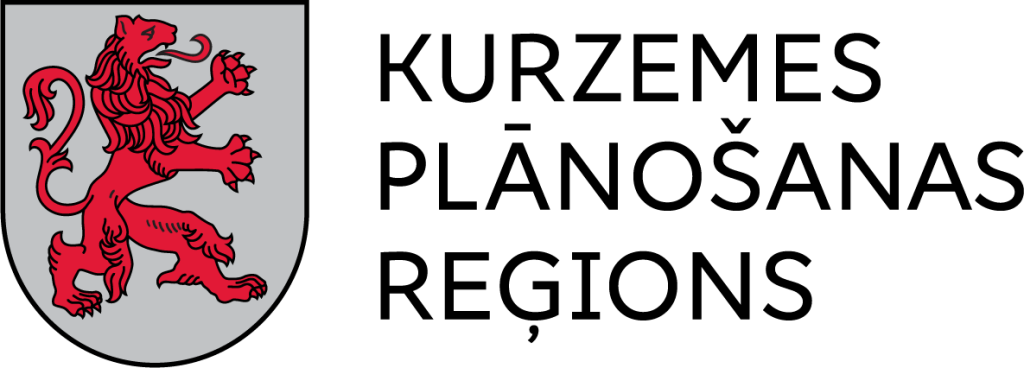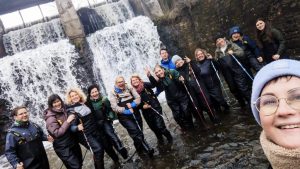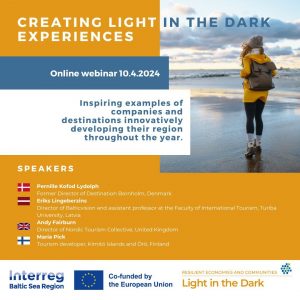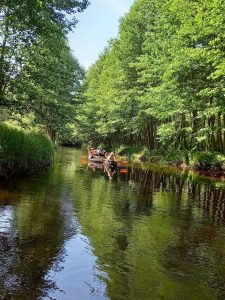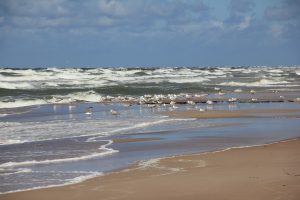“Access Routes” project hosts Estonian partners in Vidzeme
On 18 and 19 April 2024 together with colleagues from the Vidzeme Planning Region we
Apr
“Access Routes” project starts accessibility inspections in Kurzeme
Kurzeme Planning Region together with NGO Apeirons have started accessibility inspections in Kurzeme. During whole
Apr
Project WaterWays kick-off meeting takes place in Kuldīga
On March 26 of this year, the kick-off meeting of the WaterWays project took place
Mar
“Access Routes” project experience exchange visit in Sweden
On 5-8 March 2024 project partners from Kurzeme, Vidzeme and Estonia went for an experience
Mar
Webinar “Creating “Light in the Dark” experiences” on 10th of April
Project No. C034 Join us on our first Light in the Dark webinar where we
Mar
WaterWays project description
Title: Development of the water routes network in Latvia and Lithuania by further expanding the
Mar
“The Light in the Dark” project is creating exciting season-extending experiences
Project No. C034 Light in the Dark is an Interreg Baltic Sea Region project aimed
Mar
“Access Routes” project experience exchange visit in Estonia
On 15-16 February 2024, 30 project representatives from Kurzeme and Vidzeme regions visited Estonia to
Feb
“Light in the Dark” project starts analyzing nature tourism in key markets
Project No. C034 With the support of the Interreg Baltic Sea Region Programme, the project
Feb
“Access Routes” local project forum in Saldus
On 24 January 2024 in Saldus, together with NGO Apeirons, municipalities from Kurzeme, tourism specialists
Jan
